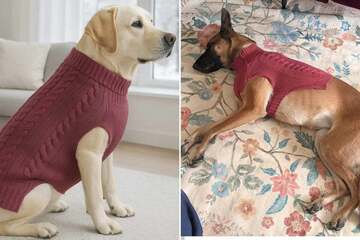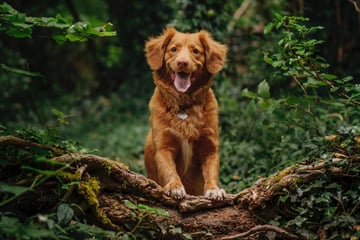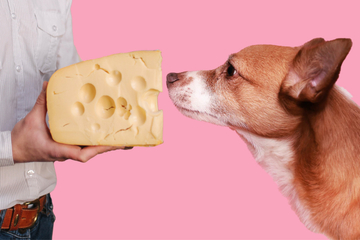Walking dogs in winter: Pet safety tips
As the snow falls long and slow, coating the ground in an icy crust, walking your dog quickly becomes something so difficult and dangerous that it would be hard to justify if it wasn't so important.
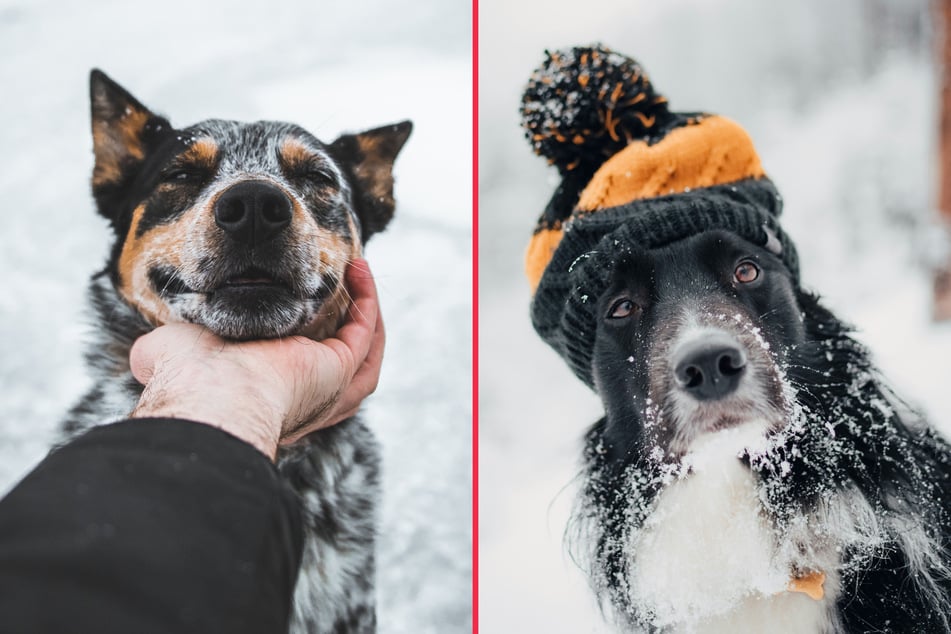
When dangerous ice coats the now-slippery ground, even a short walk can become fraught with terror! Alas, dog owners must continue to walk their dogs at least once or twice a day.
To the extent that it's possible, though, such wanderers should be careful and cautious, and we're here to show you how!
Allowing your dog to guide you through the snow will never be the greatest of ideas.
Instead, there are a number of pet safety tips and tricks that will help you when walking dogs in winter. So, how do you stay safe?
Let's take a look.
Risks of walking your dog in winter
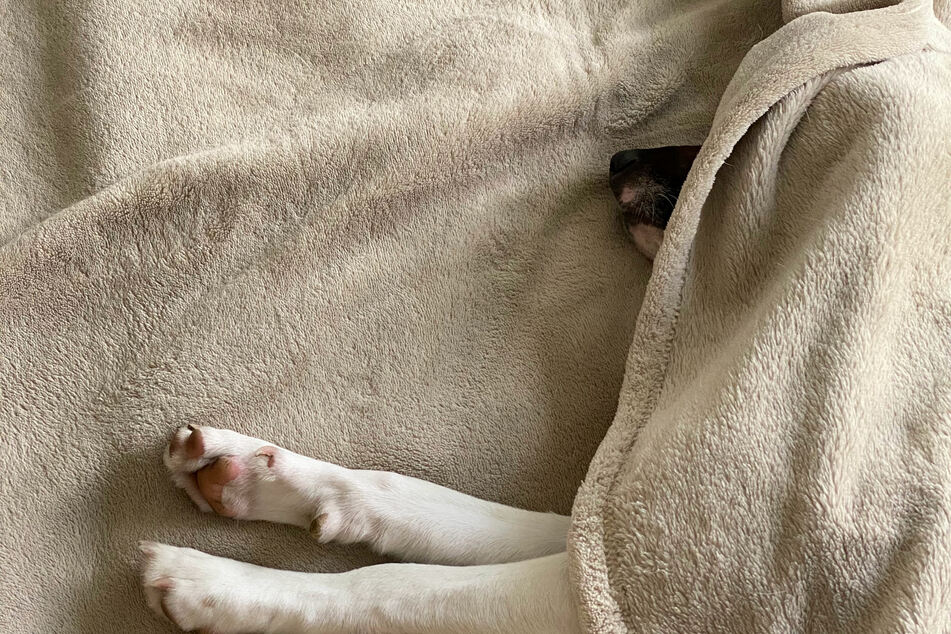
While it is necessary to continue your dog's walking habits no matter the time of year, winter comes with a plethora of serious dangers for pups – especially if you live somewhere prone to snow, ice, and sub-freezing temperatures! It's important to be aware of the risks so that your furry friend can stay safe during those winter months.
Here are the main risks of dog walking in winter:
- Hypothermia
- Frostbite
- Poisoning from antifreeze and other de-icing chemicals
- Arthritis
- Pain from walking on cold surfaces and in snow
- Cuts and scrapes from objects hidden in the snow
By understanding the risks to your dog and responding with practical mitigation measures, you can avoid any serious danger when making those cold winter walks.
Important: As always, if you are worried about your beloved doggo, don't try to treat its issue at home. Instead, go immediately to the vet and make sure that your dog is safe and that it's going to be okay.
Dog safety tips for walking in winter
There are so many underappreciated and undermentioned dog safety risks when it comes to winter walks that it seems crucial to draw attention to the issue. Your dog's health can come under risk from the cold and there are plenty of physical risks both to yourself and your dog out there! Also, many forget to bring something warm and a first aid kit with them when walking their dogs in winter.
As a result, here are our top ten dog safety tips for walking in winter:
- Never let your dog off the leash, and make sure that you have top-notch leash skills.
- Get your doggo the best and most secure harness, and attach the leash to the harness instead of around the dog's neck.
- Make sure to have reflective patches on your dog's harness, especially when walking at night. If possible, have small LED lights attached as well.
- Never walk in complete darkness! Make sure that where you walk there is plenty of light and visibility.
- Get yourself some extremely warm clothes and guarantee that your beloved doggo is well-outfitted as well.
- Never let your dog out of your sight in case it gets into trouble, or you can't find it in the snow.
- Keep your walks relatively short so that neither of your body temperatures reduce too much. Instead, take more regular walks – three short walks a day instead of one or two long ones.
- Keep an eye on the weather and don't go out if there's a risk of a storm.
- Always have a first aid kit, extra warm clothing, and a winter safety kit on you. Educate yourself on the risks of walking your dog in snow or freezing conditions.
- Never let your dog eat snow, and keep it away from any ice or de-icing chemicals.
If you follow these ten rules, you will be able to keep your dog well-exercised during those cold winter months without exposing yourself or your perfect pooch to unnecessary risk.
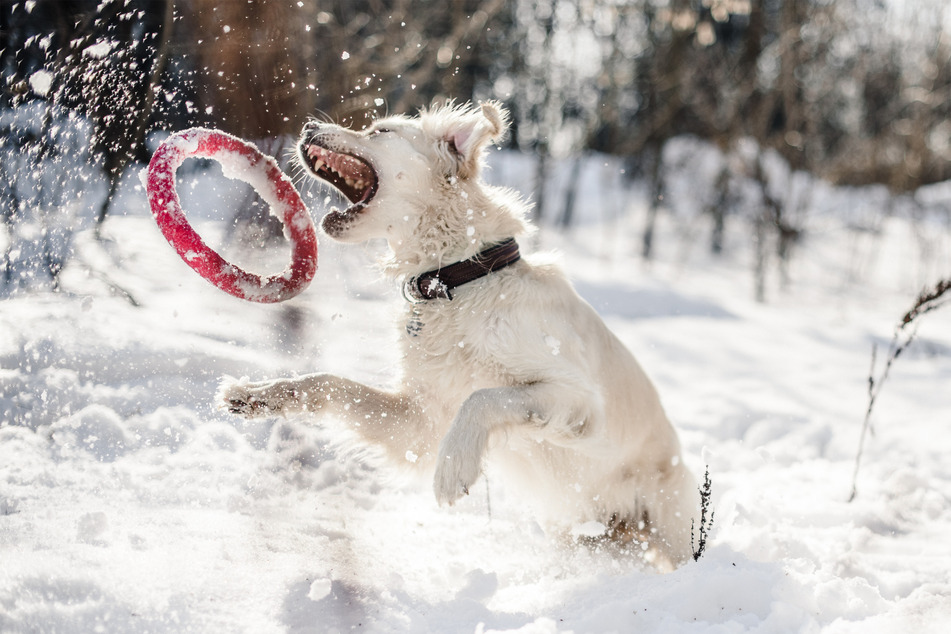
Provide extra dog walking equipment in winter
On top of having a high-quality harness and a good leash, it's important to make sure that your dog is outfitted with the proper protective gear. You may find that the pooch doesn't have a coat thick enough to properly protect it against the cold and, as a result, will need a few extras to keep it safe and healthy!
Here are a few things you'll need when walking your dog in winter:
- Dog boots
- Reflective leash, collar, and harness
- Dog jacket
- Towels for drying
- Dog socks
- Paw protection ointments
- Collapsible dog bowl
- LED lights
- Heated dog bed in case of an emergency
- Waste bags and a dispenser that can be used with gloves on
With these few items, your dog will be much better equipped to enjoy the snow rather than tolerate or be harmed by it. You want your walks to be safe and fun, not dangerous and miserable!
Human safety equipment is also important for walking dogs in winter
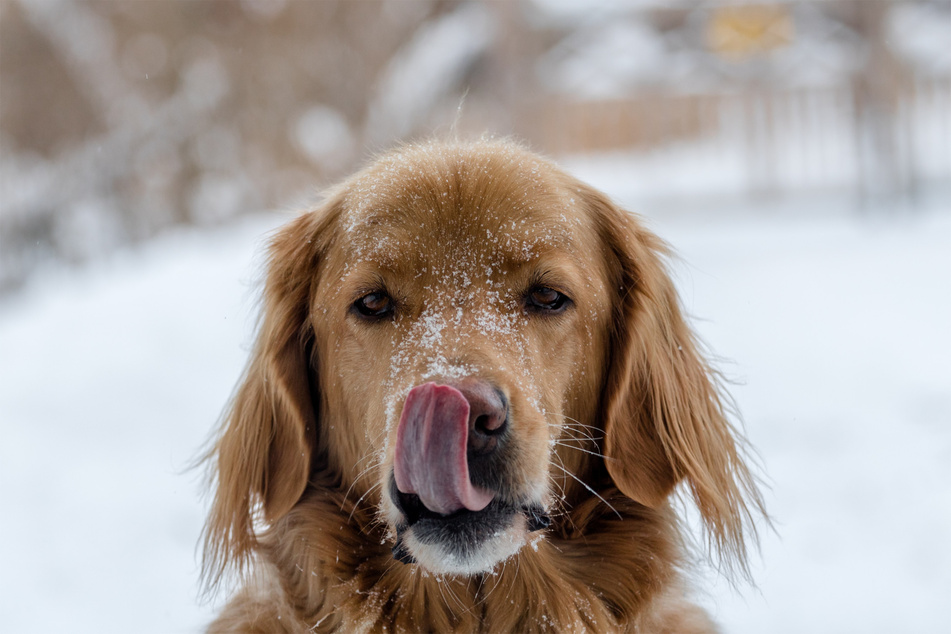
It's not just about your dog, though. When things go wrong in the ice and snow, things can get dangerous for you as well.
Many people neglect their own self-care and instead focus on their beloved doggo, and this can cause great risk to their life as well as the life of their pet.
There are a few things that you need to have with you when walking your dog in winter – these are not negotiable:
- Multiple warm jackets and a spare in your backpack
- A warm drink to keep your core temperature up
- Beanie
- Scarf
- Gloves
- Thick socks
- Appropriate snow and ice boots that'll keep your feet warm
- Towels
- Mobile phone with plenty of charge (and/or a portable charger)
- LEDs or reflectors on your jacket and clothing
- Wallet with cash
- Winter safety kit
- Extra clothing for you and your dog
- Extra towel
- Blanket
- Extra leash
- Extra harness
- Emergency veterinarian address and phone numbers
- First aid kit for yourself
- First aid kit for your doggo
Don't skimp on your own safety! Keep warm, have supplies with you, and stay safe and healthy when walking your dog in winter.
Keep your dog dry
One of the biggest risks to dogs when out walking in winter is hypothermia, which is often caused by the animal getting wet. When a dog gets wet on a winter walk, it doesn't have the ability to simply dry off and warm up. Instead, the water will continue to clog up its fur and hair, often freezing and continuing to reduce its core body temperature to a point that can eventually become dangerous.
In such situations, get your dog inside as quickly as possible, make sure that it is completely dried off using some towels, and get it warmed up. Put it in some doggy pajamas, give it some warm (but not hot!) water to drink, and cuddle up with it until it is happy, dry, and safe.
If your dog's body temperature ends up too far reduced, then it can end up with hypothermia. This can be extremely dangerous and even lead to death if untreated in a dog. Be very careful!

Important: If your dog has gotten wet when out walking in winter and is now showing signs of extreme cold or hypothermia, take it to the veterinarian immediately. This is a medical emergency and must be treated as such.
Dog and pet safety is especially important in fall and winter
Winter is not the only time when dog walking can present you with risks worth contemplating. The falling of chestnuts in autumn and the slippery sliding of the leaves on the stone can be nearly as dangerous as an icy pavement, yet all too often these dangers are overlooked. If it's fall, take many of the same precautions as you would when walking your darling doggo in winter.
Chief among these precautions? Make sure that your dog is well-fed and well-hydrated. Give it plenty of water and keep its strength up, but don't neglect your walking duties just because it's a bit chilly out!
Cover photo: Collage: Unsplash/Daniel Lincoln/Tadeusz Lakota

